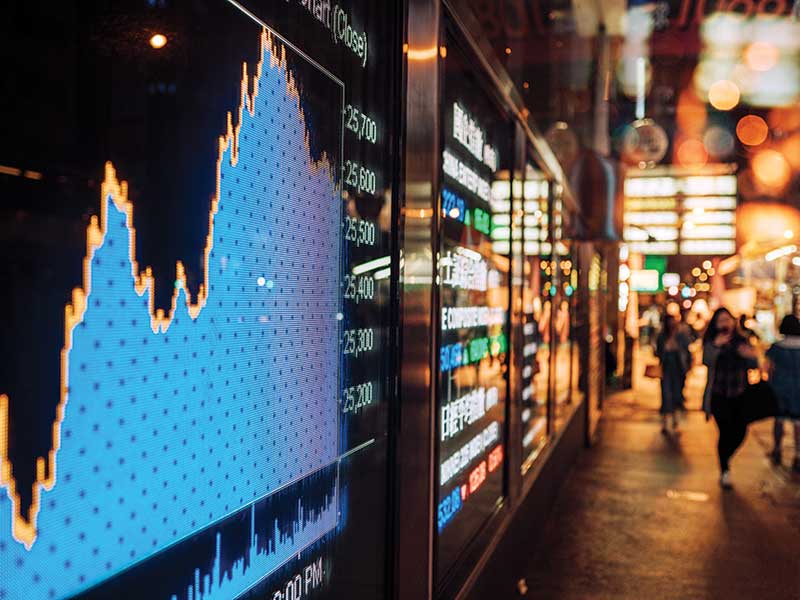
Thematic investing is an investment approach that capitalizes on opportunities created by long-term macroeconomic, geopolitical and technological trends.
“Thematic shifts touch every corner of our lives from the growing digital economy, to smart cities and the food revolution, to efficient energy and disruptive and autonomous technology,” states MSCI, which suggests there are four megatrends to watch: environment & resources, transformative technologies, health & healthcare, and society & lifestyle.
Other organizations divide up the thematics space differently. For example, iShares sees 5 megatrends shaping our future: technological breakthrough, demographics and social change, rapid urbanization, climate change and resource scarcity, and emerging global wealth.
According to research from National Bank Financial, thematic ETFs represent approximately 2% of the $204 billion in assets under management in Canada-listed equities ETFs. As of April, thematic ETF inflows in 2022 were $400 million, representing 3.7% of equities ETF flows and 2.7% of overall ETF flows, and generally matching 2021 inflows.
As with all ETF investing, investors should take a good look under the hood to make sure they understand what they are buying. Detractors say these ETFs come to market just when the underlying trend is topping and are usually money-losing propositions after launch.
Indeed, thematic ETFs are typically more volatile than those that track broad-based indexes. Long-term conviction is often required if these strategies are to pay off over time. In light of this, I believe these types of ETFs should represent less than 5% of total equities holdings.
Advisors should also look to see if there is overlap with other holdings in the portfolio. For example, technology-themed ETFs, like a cybersecurity ETF, often hold stocks that are already in a larger sector-based technology ETF. This can lead to an unintentionally overweight position in some stocks.
When new products are launched, appropriate due diligence is necessary. Investors should take into consideration the issuer’s track record. The ETF universe has expanded in leaps and bounds in the past decade, but not all products have survived the test of time.
Also, the management expense ratio of these investments is typically higher than most plain vanilla passive ETFs.
Personally, I have not rushed into the thematic space. However, I have been overweight many market sectors in varying degrees over time in my portfolios, like healthcare (I use the iShares Global Healthcare ETF; NYSE Arca: IXJ), technology (Technology Select Sector SPDR Fund; NYSE Arca: XLK), communications (Communication Services Select Sector SPDR Fund; NYSE Arca: XLC) and industrials (Industrial Select Sector SPDR Fund; NYSE Arca: XLI).
Although ESG is not considered a theme, I hold the BMO Clean Energy Index ETF (TSX: ZCLN) as a thematic clean energy holding in my dedicated ESG portfolio. It represents 3% of the overall portfolio.
So, although thematic ETFs might not be for everyone, for investors who have long-term conviction in an emerging, transformative trend, I believe that they offer a way to invest in a diversified manner with better risk control that individual stock selection.
